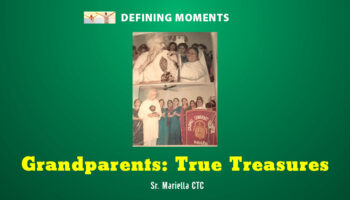Many call Francis of Assisi the saint of our times, though it seems that his ideals go contrary to those of our world. However his influence on men and women down through eight hundred years is real. Often, however, he remains in the mind of many as a romantic or a pious figure, who could be taken with a pinch of salt. A critical look at his life will prove contrary to that image.
Search for a Pilgrim Spirituality
The late 12th century was a time of experimentation in religious life. Several monks abandoned their monasteries to live individually as hermits or in smaller, isolated communities that rejected wealth, land and feudal privileges accumulated by their abbots. Simultaneously, the rise of lay poverty movements and independent preachers summoning people to penance and a reformed life led to serious consideration of precisely how one could live the Christian faith in the midst of a swiftly changing and suffering society. By the time Francis was born, the ordinary layman, by now almost completely alienated from the language and class of priests and monks, looked for a religious life that was neither clerical nor monastic in spirit and form. The spirituality of pilgrimage answered some of the needs of people seeking for God. Pilgrimages provided the laity a focus for their religious aspirations. Eventually, Francis of Assisi would hold the scriptural concept of being “pilgrims and strangers” in their world as the core value of life.
Gerry Lobo, OFM
To read the entire article, click Subscribe





